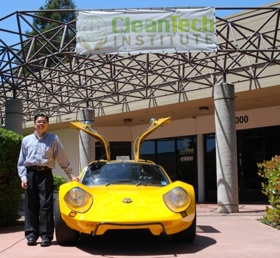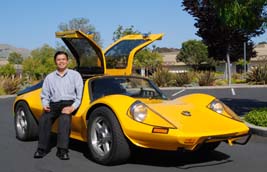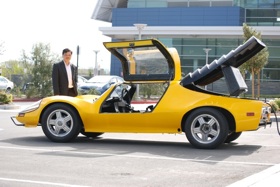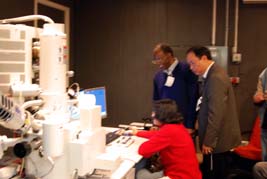Cleantech Institute- Research
Cleantech Institute Research Group is located at NASA Ames Research Center, in Moffett Field, California.
Clean Tech Institute Research and Consulting Group is focusing on advanced renewable energy projects including Lithium Air Battery and Wireless Charging Systems for electric vehicles. The research projects are being conducted with collaboration with our partners at NASA Ames Research Center in Moffett Field, California.

LITHIUM AIR BATTERY TECHNOLOGY
Our scientists were able to encapsulate the lithium metal core using solid electrolyte nanomaterials membranes. The solid electrolyte selectively allows lithium ions to pass through, but impervious to liquids and gases. With this unique design, the lithium core is electrochemically active but chemically isolated from the external electrolyte, enabling the redox reaction of Lithium Air taking place, which creates a remarkable high energy density.
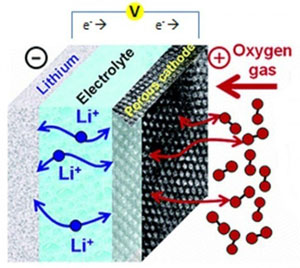
Our Team lead by director Lloyd L. Tran is currently developing Lithium Air Technology that can potentially provides 10 times more energy density than the lithium ion battery technologies.
At a nominal electropotential of about 3.27 volts, the theoretical specific energy for a lithium air rechargeable battery is 5,532 Wh/kg , which is about 10 times that of Li-ion battery chemistry that has a theoretical specific energy of about 400 Wh/kg. The Lithium Air Battery technology developed by Lloyd Tran is based on proprietary Nanocomposite Technologies.
The newly developed Lithium Air Technology will be used to power a typical electric ca rto 400-500 miles between charges.
WIRELESS CHARGING SYSTEM for ELECTRIC VEHICLES:
Electric vehicle charging technology can be divided into two methods: conductive way using an electrical wire and wireless charging. Up to the present time, conductive charging technologies have complex issues related to a physical wire plugging to an electric outlet, charging time frame and safety concern.
Our research team has developed a wireless fast charging system that is capable of charging an electric vehicle while it is stationery or it is moving. The CTI wireless charging system is safe, fast, and with expected efficiency exceeding 90%
The wireless charging system will replace the conductive way, in a similar manner that the wireless telephone communication has drastically replaced the copper wire network that was in existence over the past century.
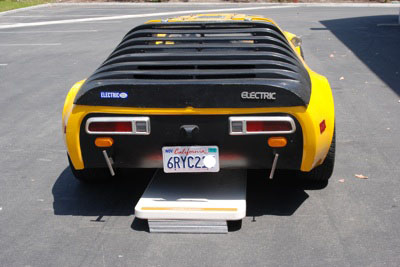
AMPTRAN Electric Car with a wireless charging system

 Director Lloyd L. Tran and the Scanning Electron Microscope
Director Lloyd L. Tran and the Scanning Electron Microscope